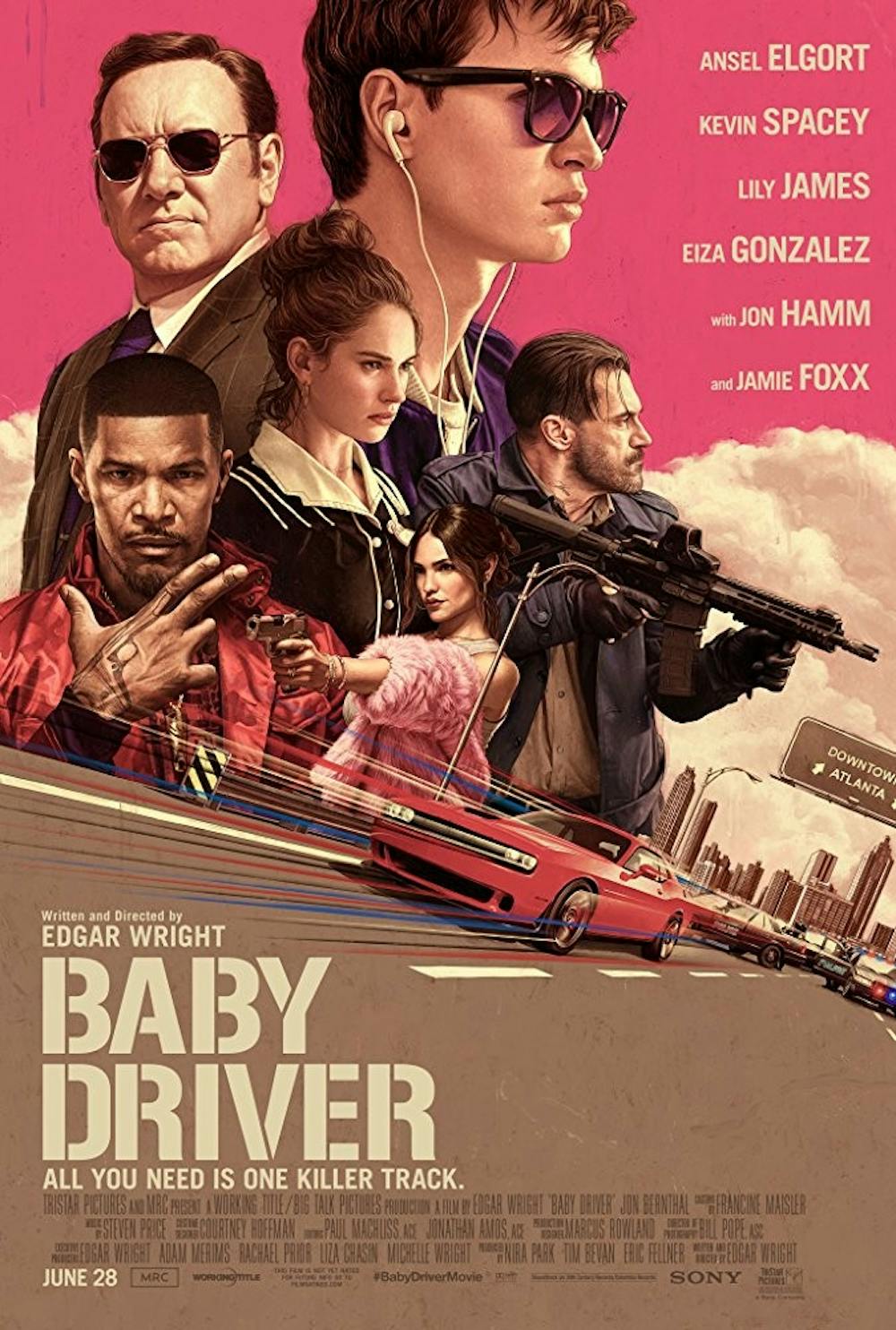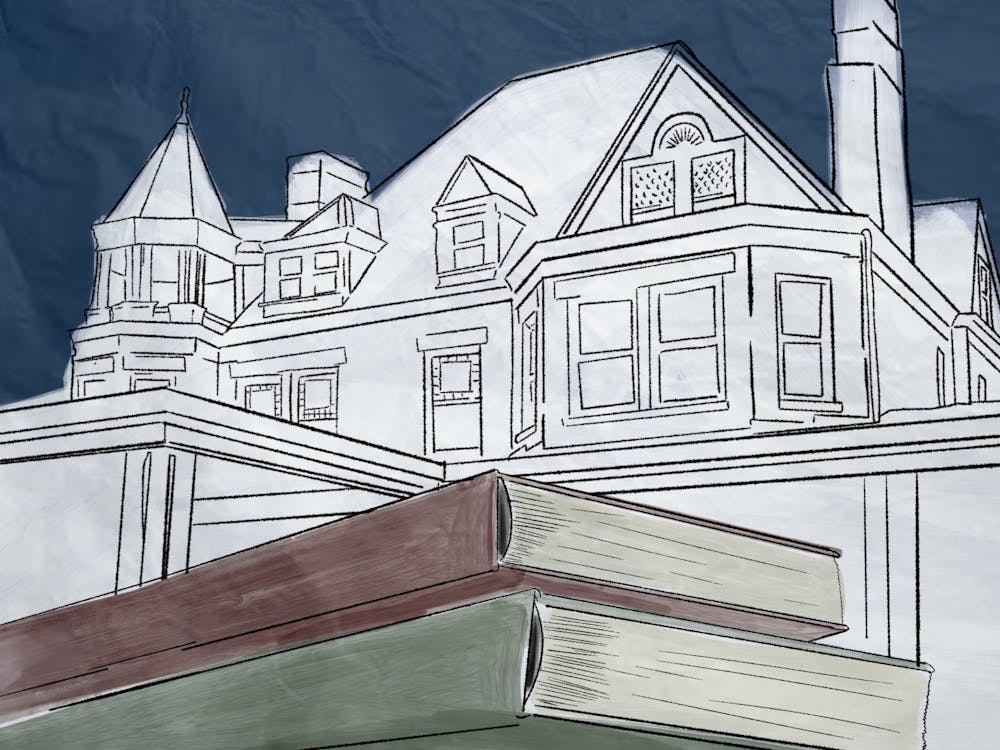“Just us, music and the road,” promises the opening track, “Robbery Arrival,” of “Baby Driver Volume 2: The Score for a Score,” which was released Friday. Such a promise, if fulfilled, could have resulted in the perfect album for summer cruising, top-down, foot on the gas and volume turned up loud enough to shake neighboring cars. Think the “live fast, die young, bad girls do it well” mantra of M.I.A., but with less snap and more brooding boy.
However, instead of providing the soundtrack to the idyllic road trip of listener imagination and the film itself, this soundtrack sequel crashes and burns more than Buddy’s lifted police car after it goes off the edge of the parking garage.
“Baby Driver (Music from the Motion Picture)” — the film’s original soundtrack — was a cross-generational gem that received a Grammy nomination for Best Compilation Soundtrack for Visual Media. The film also received nominations for Best Sound Mixing and Best Sound Editing at the 90th Academy Awards. In addition to this critical acclaim, the music of the action film enchanted fans, and the soundtrack spent six weeks on the Billboard 200 chart, peaking at No. 27.
Separated from the nostalgic portrayal of a now old-school iPod, mixtapes and non-wireless headphones, however, the music loses its thrall — especially because this soundtrack sequel is less music and more film dialogue. The track “Keep Driving and Never Stop” centers on Deborah’s (Lily James) question, “And what do you want, baby?” — and the question sounds more natural to a phone sex operator than to a love interest in a summer bop.
Her question confirms the soundtrack as only an outline of the film rather than the compilation album of the summer, and therefore listening to the full album — 13 tracks on Side A and 15 on Side B — is a lot like listening to a poorly written audiobook. Baby (Ansel Elgort) replies to Deborah that he wants “to head west on 20, in a car we can’t afford, with a plan we don’t have. Keep driving and never stop.”
Just like that, the soundtrack is mired in sepia clichés, which didn’t seem quite as obvious when paired with flashy ‘50s-era dinners and excessive tail-spinning on screen. Though gunshots punctuate this soundtrack just like the film on “TaKillYa (Baby Driver Mix)” and “Hocus Pocus (Baby Driver Mix),” the soundtrack fails to infuse enough of a plot to carry it as an audiobook-esque record — although, in its defense, the film did not give it much narrative with which to work.
Noticeably absent in the dialogue-heavy tracklist is the “Was he slow?” clapback, which appears exclusively on the original soundtrack. The redeeming tracks on this sequel album — “Easy (Baby Driver Mix)” by Sky Ferreira and “Chase Me” by Danger Mouse feat. Run the Jewels and Big Boi — are also featured on the original soundtrack, which only reaffirms this album as a de-facto cash grab, irrelevant to fan experience.
In December of last year, a few months after the release of “Baby Driver,” director Edgar Wright — who has never made a sequel — gushed in news outlets about the potential for a film follow-up. He alluded to in-the-works deals and his desire to at least pen an additional screenplay. Since then, however, conversation has quieted. If this soundtrack sequel is meant to signal a film counterpart, listeners can only cover their ears. As Jon Hamm yells on the six-second long, “What did you do?” — arguably the best track of this album — “What did you do, Baby? What the f—k did you do?”





